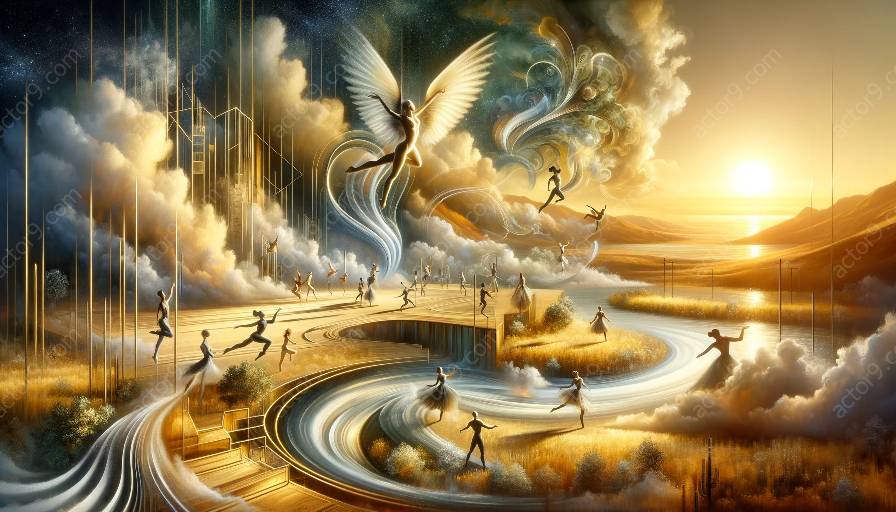Physical theatre and circus arts intertwine in a mesmerizing display of skill, creativity, and emotion. This topic cluster delves into the fascinating intersection of physical theatre and circus arts, exploring the psychological impacts of physical theatre techniques in circus acts. Delve into the captivating world of performance art and understand how physical theatre techniques influence the psychological well-being of performers and the emotional experiences of audiences.
Section 1: Understanding Physical Theatre and Circus Arts
Physical Theatre: Physical theatre is a unique form of performance that uses the body as the primary means of expression. It combines elements of movement, gesture, and expression to convey narratives and emotions without relying heavily on spoken language. Actors in physical theatre often undergo rigorous physical training to develop strength, flexibility, and control over their bodies.
Circus Arts: Circus arts encompass a wide range of performance disciplines, including acrobatics, aerial acts, clowning, and more. These acts often require exceptional physical abilities and daring feats, captivating audiences with their awe-inspiring displays of agility and strength.
When these two art forms converge, the result is a captivating blend of physical prowess and emotive storytelling.
Section 2: Psychological Impacts on Performers
Performing in circus acts that incorporate physical theatre techniques can have profound psychological impacts on the performers. Emotional Expression: Physical theatre techniques allow performers to convey a wide range of emotions through their movements, fostering a deep connection between body and mind. This heightened emotional expression can lead to a greater sense of emotional awareness and sensitivity among performers.
Empowerment and Confidence: The rigorous physical training required for circus acts instills a sense of empowerment and confidence in performers. By mastering physical theatre techniques, performers develop a strong sense of self-assurance and resilience, which can positively impact their mental well-being.
Risk and Fear Management: Circus acts often involve elements of risk and fear, requiring performers to confront their fears and push the boundaries of their comfort zones. Through physical theatre techniques, performers learn to manage and overcome these fears, leading to increased mental fortitude and a greater ability to confront challenges in other areas of life.
Section 3: Emotional Impact on Audiences
Physical theatre techniques in circus acts elicit powerful emotional responses from audiences. Engagement and Empathy: The emotive storytelling conveyed through physical theatre techniques captivates audiences, drawing them into the narrative and fostering a sense of empathy for the performers. Audiences experience a heightened emotional connection, enhancing their overall engagement with the performance.
Inspiration and Awe: Witnessing the astounding physical feats and emotional depth of circus acts leaves audiences feeling inspired and awestruck. The fusion of physical theatre and circus arts creates a sense of wonder and admiration, leaving a lasting impact on the psychological well-being of spectators.
Section 4: Conclusion
The intersection of physical theatre and circus arts contributes to a rich tapestry of psychological impacts, both for performers and audiences. Through emotional expression, empowerment, and engagement, physical theatre techniques enhance the mental and emotional experiences of those involved in the captivating world of circus performance art.




































